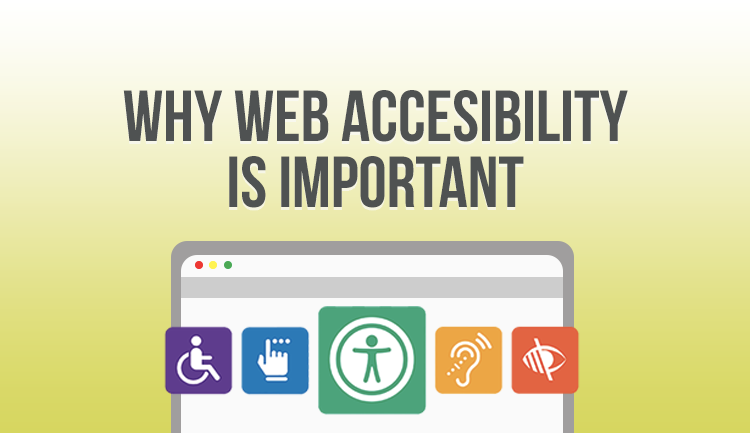
Web design has come a long way since the early days of the internet, but one thing that has remained constant is the importance of accessibility. Accessibility refers to the practice of making web content available to people with disabilities, such as those who are blind, deaf, or have mobility impairments. It also encompasses making content available to people with different devices, internet speeds, and technology preferences.
Why is accessibility important in web design? For starters, it’s the right thing to do. Everyone should be able to access the web and its content, regardless of their abilities. By making websites accessible, we’re helping to level the playing field and ensure that everyone has an equal opportunity to participate in the digital world.
But accessibility isn’t just a moral imperative – it’s also a legal one. In many countries, including the United States, web accessibility is mandated by law. The Americans with Disabilities Act (ADA), for example, requires that businesses and organizations ensure their websites are accessible to people with disabilities. Failure to comply with these laws can result in legal action, fines, and damage to a company’s reputation.
Beyond the ethical and legal reasons for accessibility, there are also practical benefits to consider. For example, making websites accessible can increase their reach and engagement. By removing barriers to access, websites can attract a wider audience, including people with disabilities, older adults, and people who use assistive technologies. This can translate into increased traffic, improved user satisfaction, and higher conversion rates.
Another benefit of accessibility is improved search engine optimization (SEO). Search engines like Google prioritize websites that are accessible and user-friendly. This means that websites that are designed with accessibility in mind are more likely to rank higher in search results, which can lead to increased visibility and traffic.
So, what does it mean to design an accessible website? There are many factors to consider, including:
- Providing alternative text for images, so that people who are blind or have low vision can understand the content.
- Ensuring that videos have captions or transcripts, so that people who are deaf or hard of hearing can understand the content.
- Using high-contrast colors and clear fonts, so that people with visual impairments can read the content.
- Using descriptive headings and labels, so that people who use screen readers can navigate the content.
- Providing keyboard shortcuts and other features that make it easy for people with mobility impairments to navigate the website.
Overall, accessibility is a critical aspect of web design that cannot be ignored. By designing websites with accessibility in mind, we can ensure that everyone has equal access to the digital world. Whether it’s for ethical, legal, or practical reasons, there are many benefits to making websites accessible, and it’s up to all of us to make it happen.